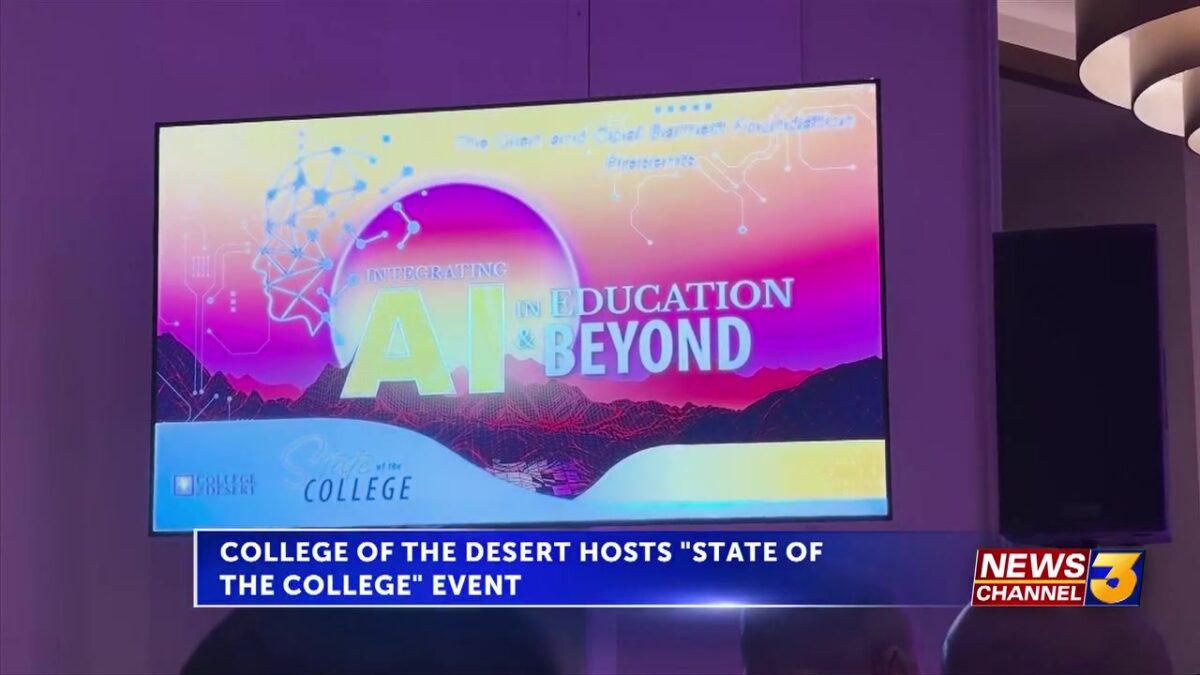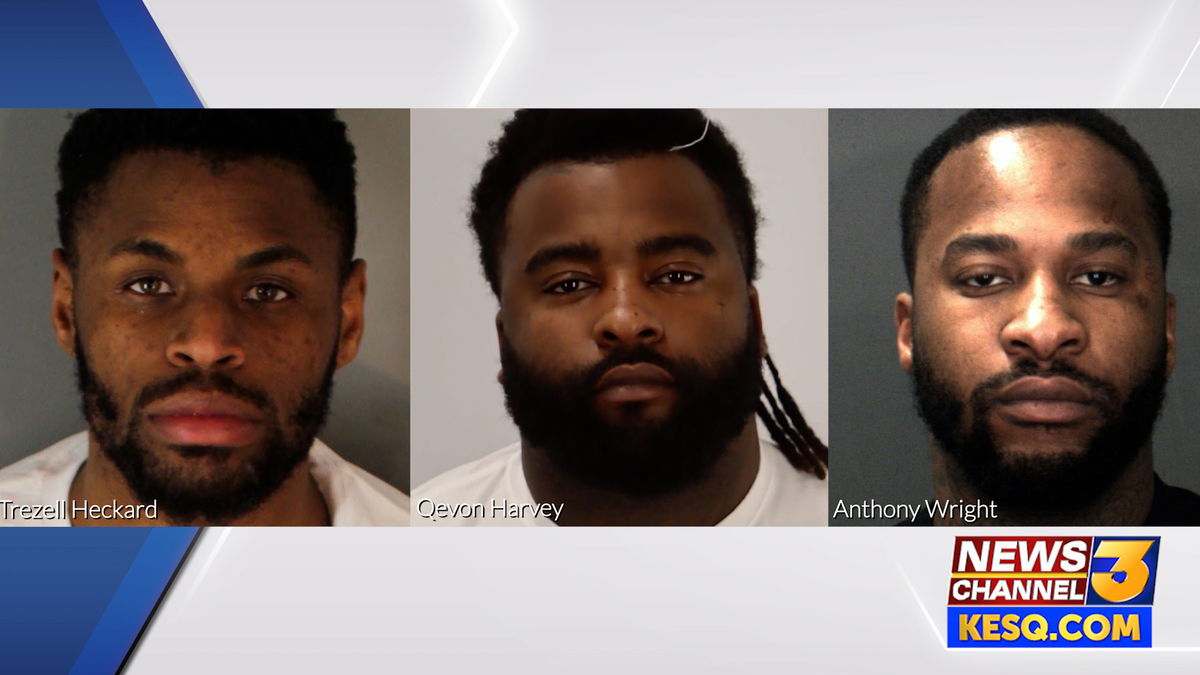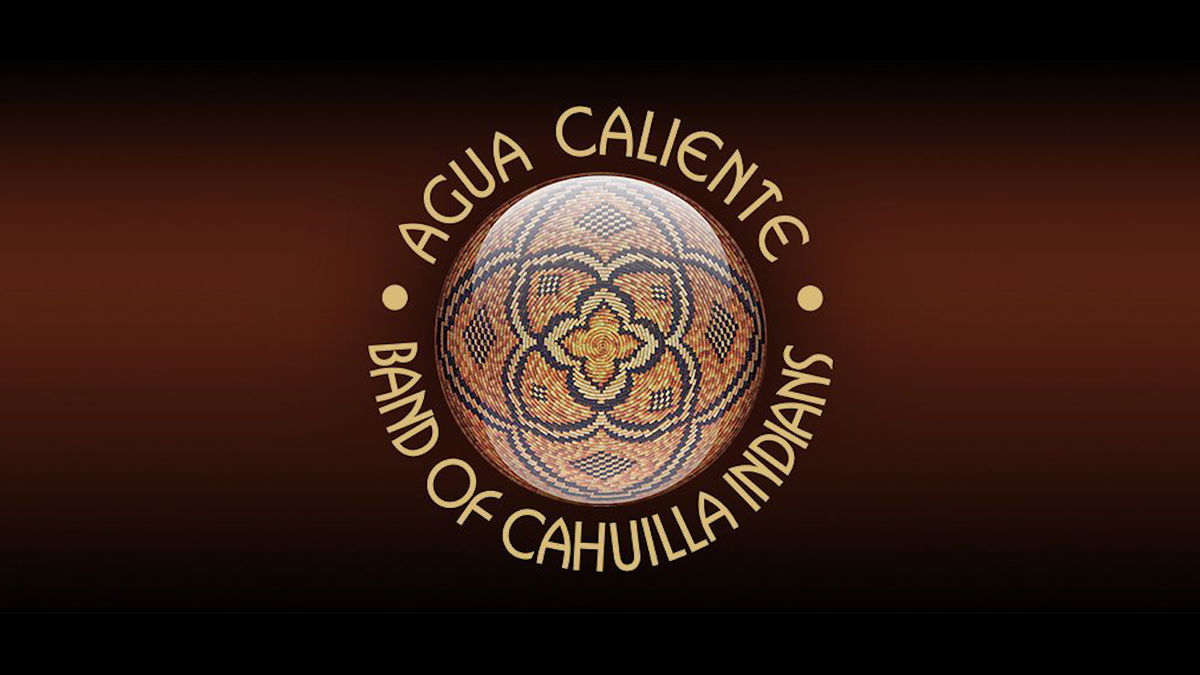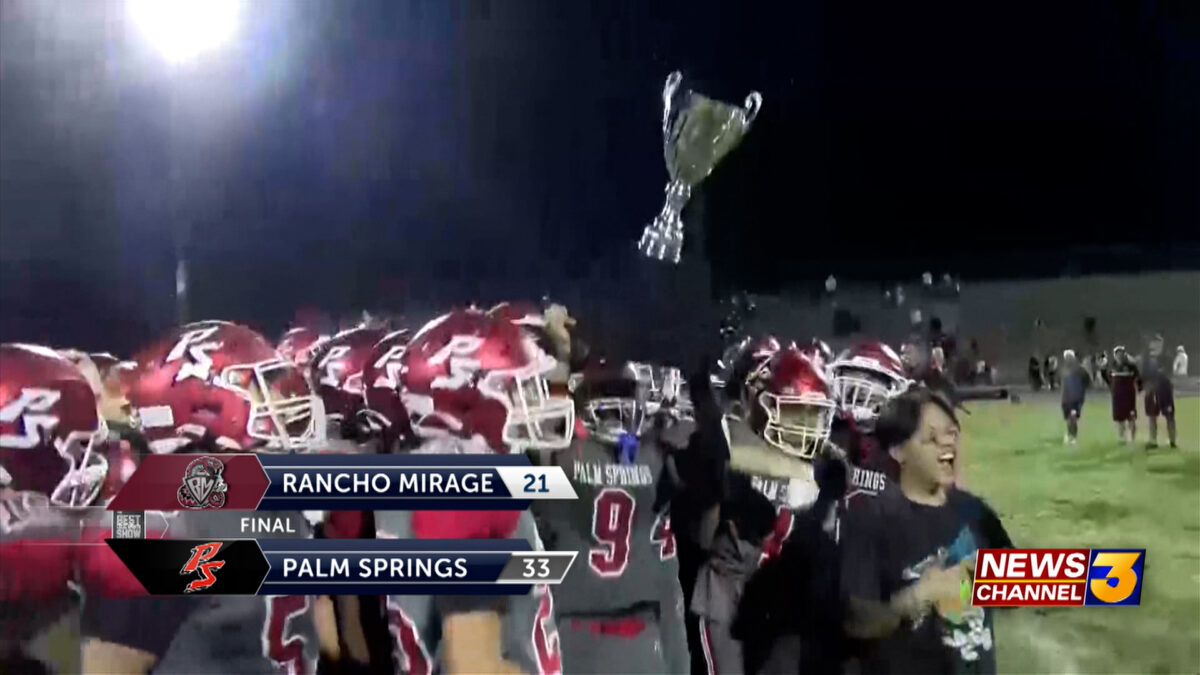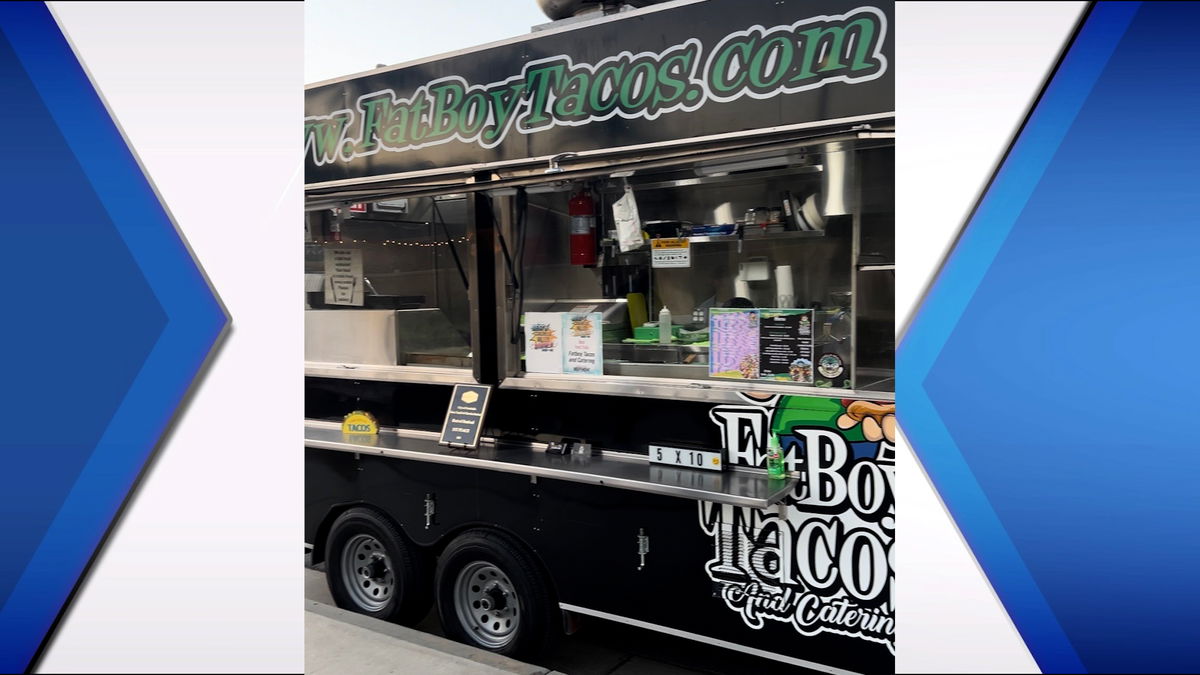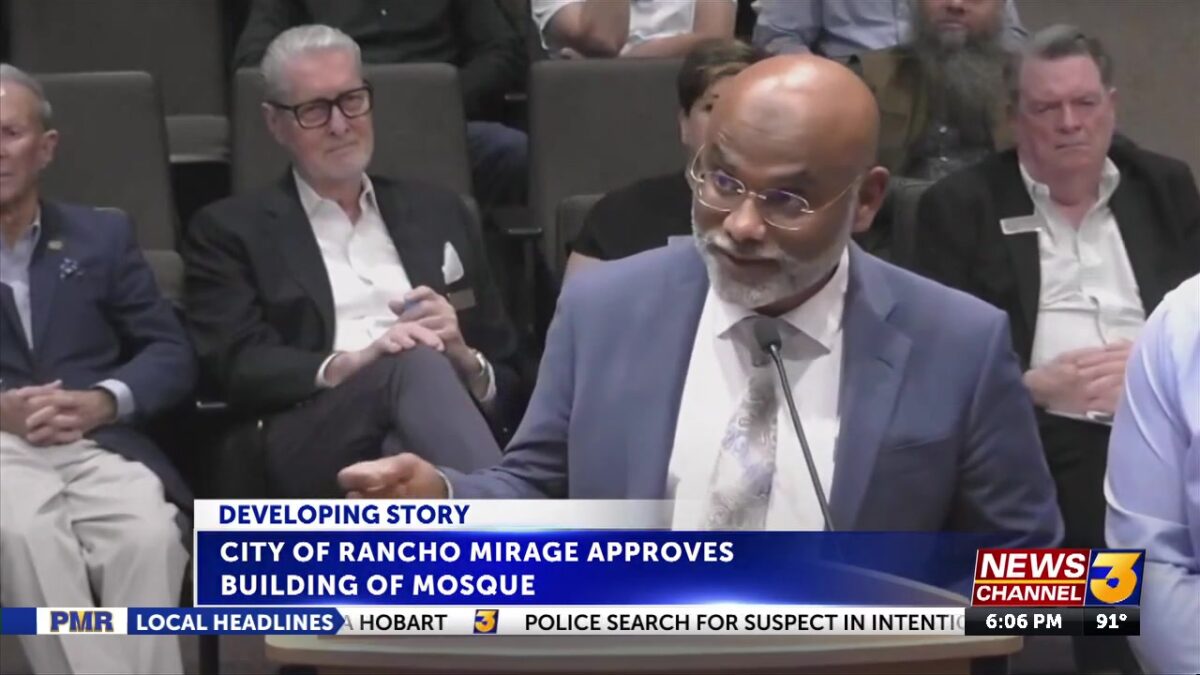City News Service
RIVERSIDE (KESQ) – Pretrial motions are slated to begin Monday ahead of jury selection for the trial of three convicted felons accused of gunning down a 24-year-old man after carjacking him and his girlfriend in Riverside.
Trezell Lamone Heckard, 30, of Vallejo, Qevon Xavier Harvey, 27, of Desert Hot Springs and Anthony Antoine Wright, 33, of Indio are accused in the 2022 slaying of Benjamin Chanes of Riverside.
The trio are all charged with first-degree murder, two counts each of carjacking and kidnapping and one count of burglary, along with special-circumstance allegations of killing in the course of a robbery, killing in the course of a kidnapping and killing in the course of a burglary.
Wright is additionally charged with being a felon in possession of a firearm and sentence-enhancing gun and great bodily injury allegations.
Their co-defendant, Kahlin Cynque Erwin, 30, of Pittsburgh, in Contra Costa County, pleaded guilty last year to kidnapping and is due for sentencing in January. He’s free on a $55,000 bond and may testify for the prosecution.

Harvey and Wright are each being held without bail at the Robert Presley Jail, while Heckard is being held without bail at the Smith Correctional Facility.
According to an arrest warrant declaration filed by the Riverside Police Department, on the afternoon of March 6, 2022, Chanes and his girlfriend, identified in documents only as “N.D.,” were returning to Riverside from Los Angeles in her vehicle, with the victim at the wheel, when they came to a stop sign in an unfamiliar area after exiting the freeway and were immediately approached by one of the defendants, allegedly wielding a handgun.
“The Black male approached the driver’s side and ordered Benjamin out at gunpoint,” the affidavit stated.
Chanes complied, at which point “an additional three Black males told (N.D.) to get out of the car, and they took her to another waiting vehicle and told her to keep her head down. She did what she was told.”
The woman later told Robbery-Homicide Unit detectives that Chanes was seated in her car, while she was forced to drive with several of the other defendants in their vehicle, a 2011 Chevrolet Impala. The trip lasted 15 minutes, after which both vehicles were parked outside the Boulder Creek Apartment Complex on Iowa Avenue, according to the declaration.
Police alleged the defendants then hustled Chanes and N.D. into the victim’s apartment, pushing the woman into the closet, then demanding to know from Chanes “where the money was” kept inside the residence. For about 10 minutes, the defendants ransacked the apartment, with N.D. in the closet, unable to see where her boyfriend was being held, the affidavit alleged.
Chanes abruptly bolted from the apartment when the men were distracted, but they immediately gave chase, according to police.
While he was attempting to run away, Wright allegedly opened fire on the victim, inflicting multiple gunshots to his back, causing Chanes to collapse on the sidewalk, according to the affidavit.
The young man died a short time later at Riverside Community Hospital.
The defendants fled in the woman’s vehicle, leaving behind their own Chevy sedan, police alleged.
N.D. emerged from her captivity in the closet and called 911 moments after the gunfire. She was not injured.
Detectives gathered fingerprint and other evidence from the Chevy, leading them to one of the defendants’ social media accounts, during which revelations about the shooting ultimately came to light, according to the affidavit.
The men were arrested at different times over an 18-month span.
Their prior convictions were not listed in court documents.
Click here to follow the original article.

